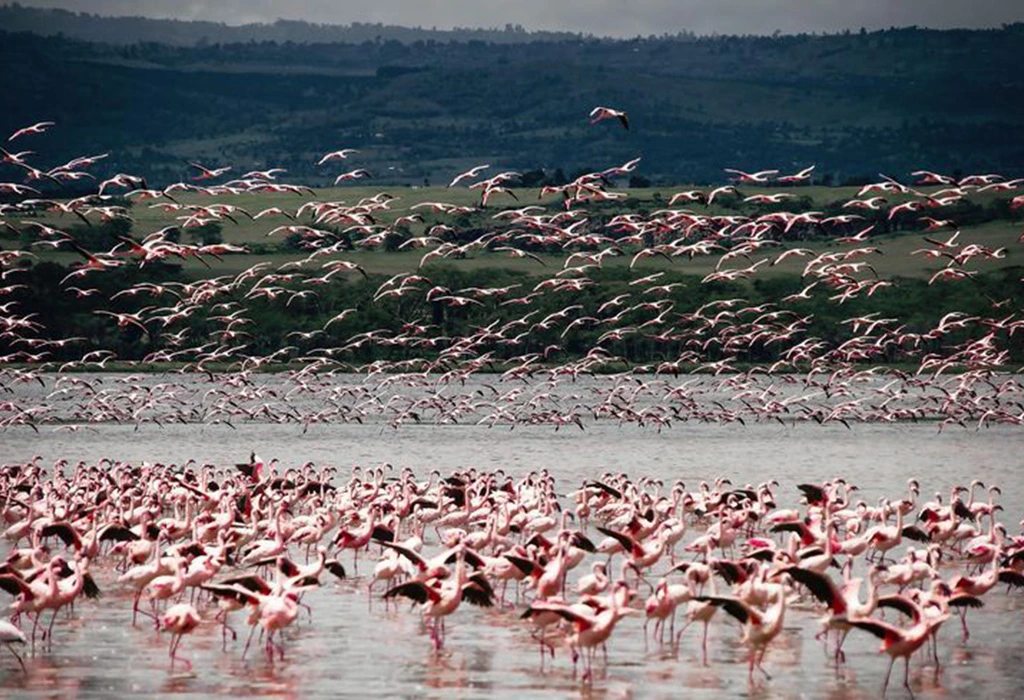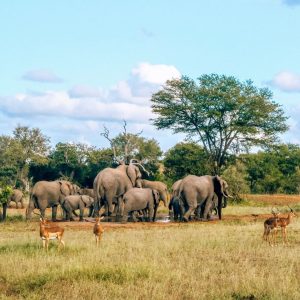Birdwatching, also known as birding, is a beloved hobby and scientific pursuit enjoyed by millions around the world. Whether you’re an amateur enthusiast or a seasoned ornithologist, one of the most frequently asked questions is: What is the best month for birdwatching? destinations, and practical tips to make your birdwatching experience exceptional.
Why Does Timing Matter in Birdwatching?
Bird behavior is highly influenced by seasonal patterns, which affect their visibility, breeding activity, plumage, and migratory routes. Choosing the best time for birdwatching ensures:
- Maximum species diversity
- Better visibility due to environmental conditions
- Access to migratory and endemic birds
- Optimal weather for travel and observation
What Are the Best Months for Birdwatching Globally?
While birdwatching can be done year-round depending on location, April to May and September to November are generally regarded as the best global birdwatching months. These periods coincide with spring and fall migrations when birds are on the move and more likely to be spotted in large numbers.
However, the best month for birdwatching varies by region due to differences in climate and bird species distribution. Let’s take a closer look at some popular birdwatching destinations and their peak months.
What Is the Best Month for Birdwatching in Uganda?
Uganda, often referred to as the “Pearl of Africa,” is a top destination for birdwatchers thanks to its vast biodiversity. It boasts over 1,000 species, including Albertine Rift endemics and the iconic Shoebill Stork.
Best Months: June to August and December to February
These are Uganda’s dry seasons, which offer the following benefits:
- Clearer skies and better visibility
- More accessible birding trails
- Active breeding displays in several species
Notable Birding Highlights:
- Green-breasted Pitta in Kibale Forest (best seen in June-August)
- Shoebill Stork in Mabamba Swamp (year-round, but easiest during dry months)
- Migratory birds arrive between November and April
Top Birding Sites in Uganda:
- Bwindi Impenetrable National Park
- Mabamba Swamp
- Queen Elizabeth National Park
- Kibale Forest National Park
- Semuliki National Park
Which Bird Species Are Best Seen During Peak Months?
Knowing what species you’re likely to see enhances your experience. Here are a few to look out for during their respective peak seasons:
Spring (April–May)
- Bee-eaters (Africa)
Summer (June–August)
- Breeding shorebirds
- Pitta species in tropical regions
- Raptors in higher altitudes
Fall (September–November)
- Storks and cranes (Africa)
Winter (December–February)
- Flamingos in East Africa
- Migratory passerines
How Do Weather and Seasons Affect Birdwatching?
Weather plays a significant role in birdwatching success. Factors include:
- Rainfall: High rainfall (wet season) can obscure visibility and make trails muddy.
- Temperature: Extremely hot or cold weather reduces bird activity.
- Wind Patterns: Influence migratory routes.
- Vegetation: Dense foliage during wet seasons makes it hard to spot birds.
Dry seasons are typically the best because they offer clearer skies, better visibility, and more active bird behavior.
What Should You Pack for a Birdwatching Trip?
A successful birding trip requires thoughtful packing. Essentials include:
- Binoculars (8×42 or 10×42)
- Field Guide
- Notebook or recording device
- Camera with telephoto lens
- Insect repellent and sunscreen
- Lightweight clothing and rain gear
- Sturdy hiking boots
How Can You Make the Most of Your Birdwatching Trip?
1. Research Before You Go
Know the peak months, species, and behavior patterns of birds in your target destination.
2. Use Local Guides
Experienced guides can help spot rare or well-camouflaged birds and enhance your knowledge.
3. Be Patient and Silent
Minimize noise and sudden movements. Birds are sensitive to disturbances.
4. Keep a Journal
Document your sightings, behaviors, and locations for future reference or contribution to citizen science platforms like eBird.
What Is the Best Month for Birdwatching?
The best month for birdwatching depends largely on your destination and target species. Generally, April–May and September–October are optimal months globally due to migration. However, in specialized birding destinations like Uganda, June to August and December to February provide ideal conditions, especially for observing endemic and rare birds.
Plan your birdwatching trips around these peak seasons, choose the right gear, and explore top birding hotspots for the best experience. By understanding bird behavior and regional differences, you’ll enhance both the quantity and quality of your bird sightings.
With proper planning, patience, and passion, birdwatching can be a deeply fulfilling way to connect with nature, appreciate biodiversity, and contribute to conservation efforts worldwide.
Are you planning your next birdwatching adventure? Drop your destination in and let us help you find the best month to go birding with Abunda Discoveries Uganda!




